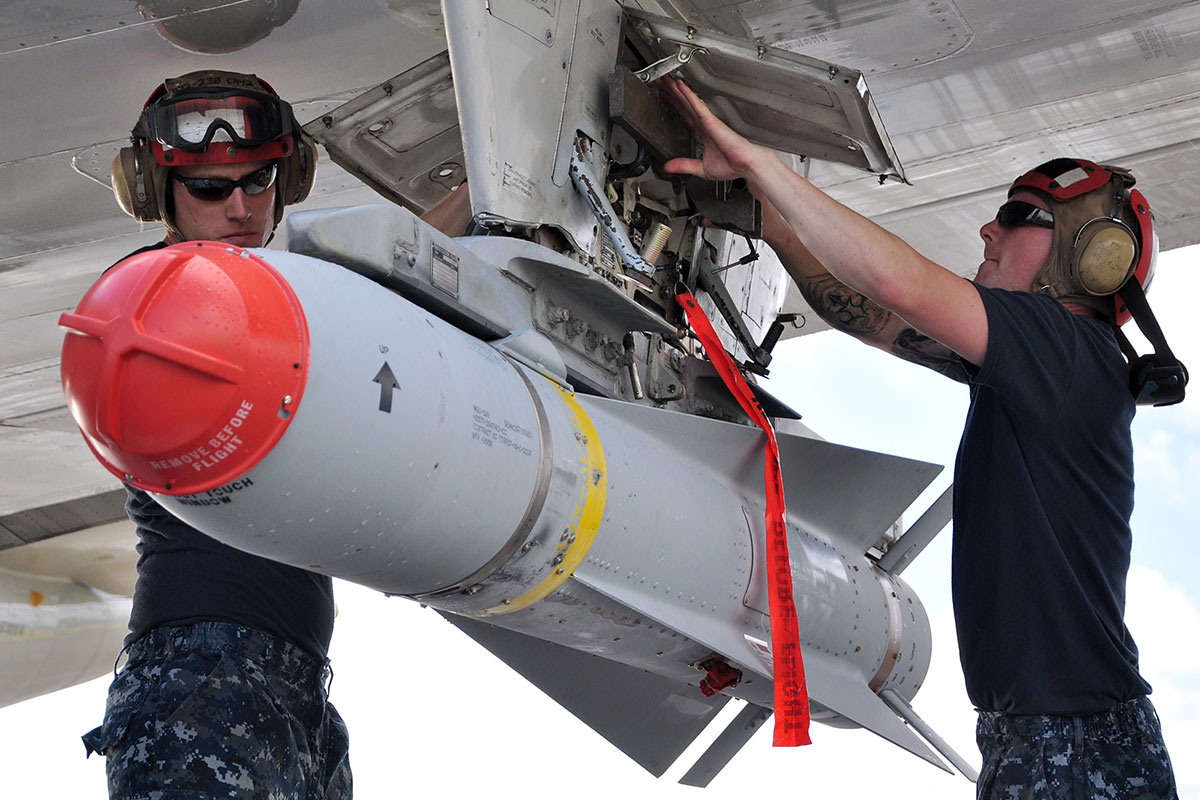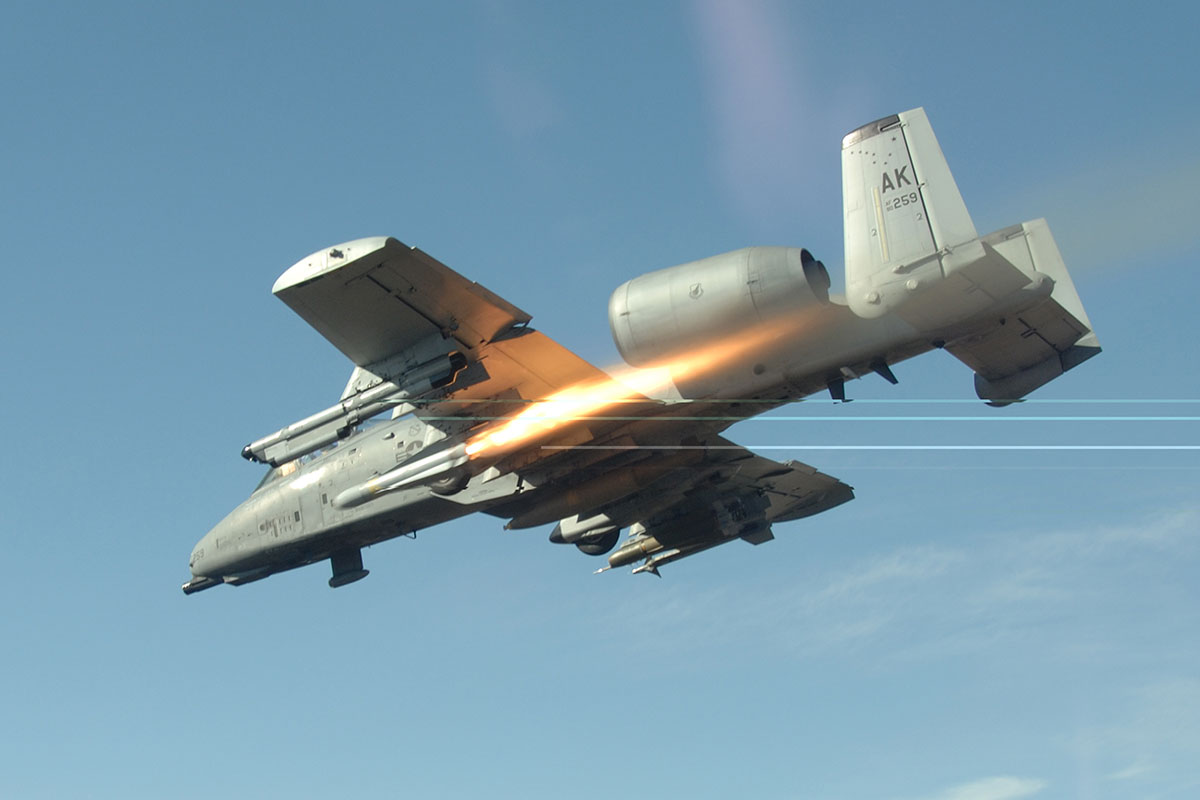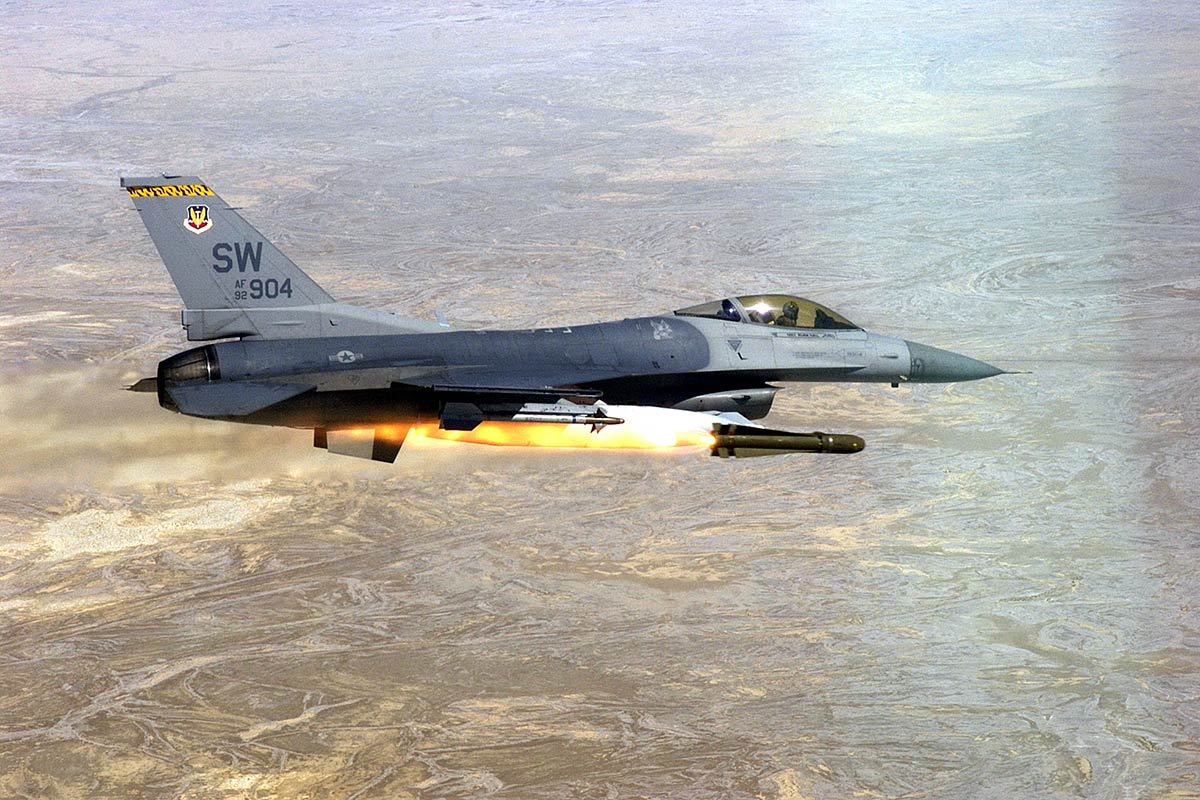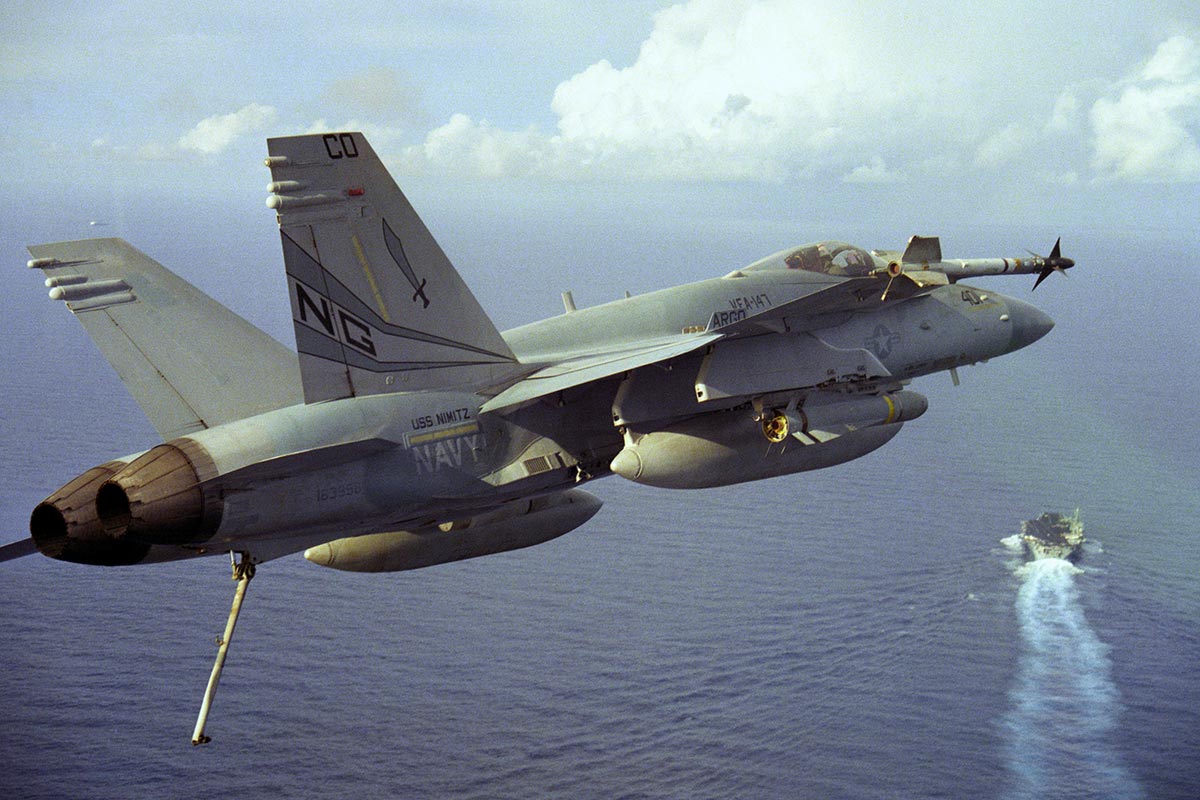AGM-65 Maverick: The Versatile Precision Air-to-Ground Missile
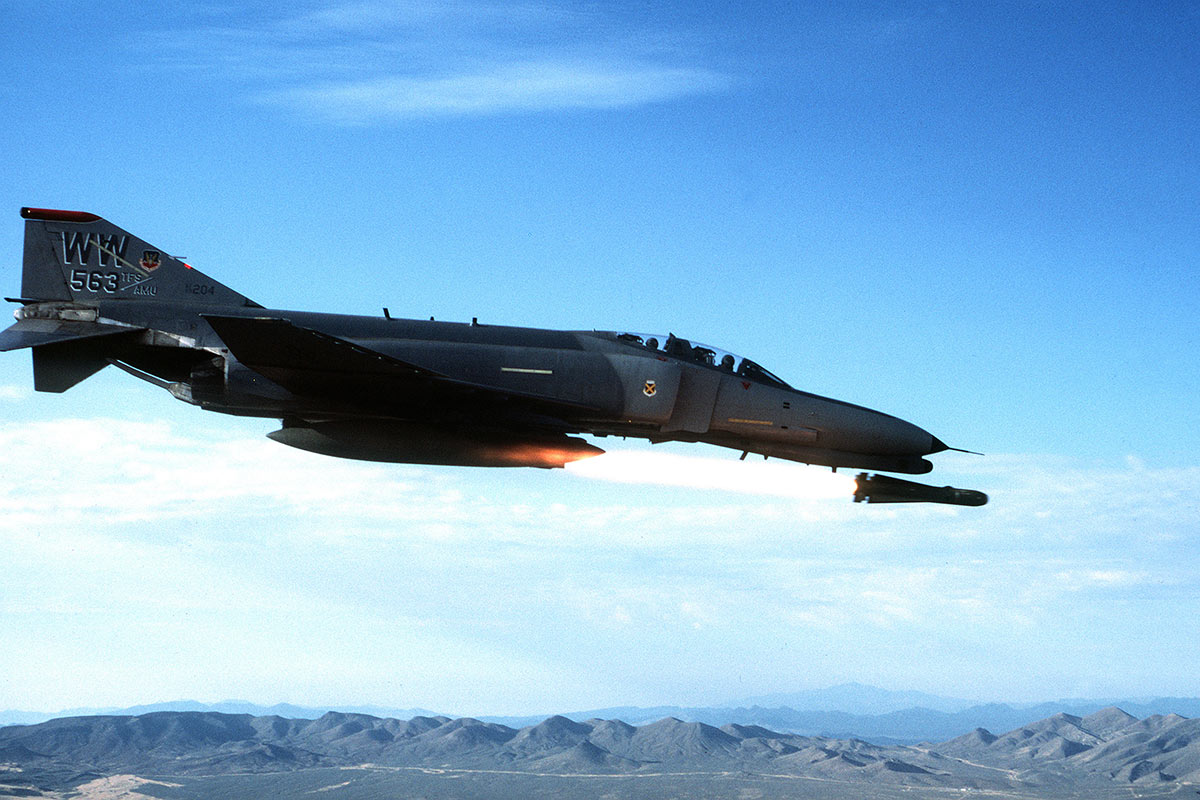
The AGM-65 Maverick missile, developed by Raytheon Co., stands as a testament to the remarkable advancements in military technology. This air-to-surface tactical missile has played a pivotal role in close air support, interdiction, and defense suppression missions across various branches of the United States military, including the US Navy (USN), US Air Force (USAF), and US Marine Corps (USMC).
Key Specifications:
– Warheads: The AGM-65 Maverick comes in two primary configurations. The first boasts a 300-pound penetrating blast-fragmentation warhead, ideal for dealing with a range of targets. The second features a 125-pound shaped-charge warhead, optimized for specific tasks.
– Propulsion: The missile is powered by Thiokol SR 109-TC-1 solid-propellant rocket motor, with an alternative option being the Thiokol SR 114-TC-1 or Aerojet SR 115-AJ-1 solid-propellant rocket motor.
– Dimensions: With a length of 98 inches, diameter of 12 inches, and a wingspan spanning 28 inches, the AGM-65 Maverick combines precision with agility.
– Weight: The missile’s weight varies between 462 and 670 pounds, depending on the specific model.
– Speed and Range: The AGM-65 Maverick boasts supersonic speeds and an impressive range of 17 nautical miles.
– Guidance Systems: Depending on the model, the missile employs various guidance systems. The A and B models utilize electro-optical (TV) guidance, while the D, F, and G models incorporate imaging infrared (IIR) guidance. The E model, on the other hand, employs laser guidance.
The AGM-65 Maverick’s versatility is its hallmark feature. It can effectively engage a wide spectrum of tactical targets, including armored vehicles, air defense systems, naval vessels, ground transportation, and fuel storage facilities. This adaptability makes it an invaluable asset for military operations.
The AGM-65 Maverick comes in several models, each tailored to specific needs. For instance, the AGM-65F, optimized for ship tracking, is employed on Navy P-3 aircraft. In contrast, the AGM-65E, equipped with laser guidance, is utilized by Marine Corps AV-8 aircraft. Both models feature a substantial 300-pound penetrating warhead, making them highly effective in their respective roles.
Meanwhile, the Air Force relies on the AGM-65A/B/D models, featuring a 125-pound shaped-charge warhead with electro-optical guidance, for its F-16 and A-10 aircraft. These models offer precision and efficiency in striking armored targets.
The missile’s solid-rocket motor, positioned behind the warhead, provides the necessary thrust for its missions. This propulsion system ensures agility and speed, allowing the AGM-65 Maverick to reach its targets swiftly and accurately.
The AGM-65 Maverick has a remarkable history of success in military conflicts. During Operation Desert Storm in 1991, Air Force F-16s and A-10s, alongside Marine Corps AV-8s, launched over 5,000 AGM-65 missiles, significantly contributing to the defeat of Iraq’s formidable military forces. Furthermore, these versatile missiles have been extensively used in the Global War on Terror, including Operations Enduring Freedom and Iraqi Freedom.
In conclusion, the AGM-65 Maverick stands as a testament to modern military technology, embodying precision, adaptability, and efficiency. Its ability to engage a diverse range of targets, coupled with its impressive track record, cements its place as a critical asset in the arsenal of the United States military.
Hits: 10
